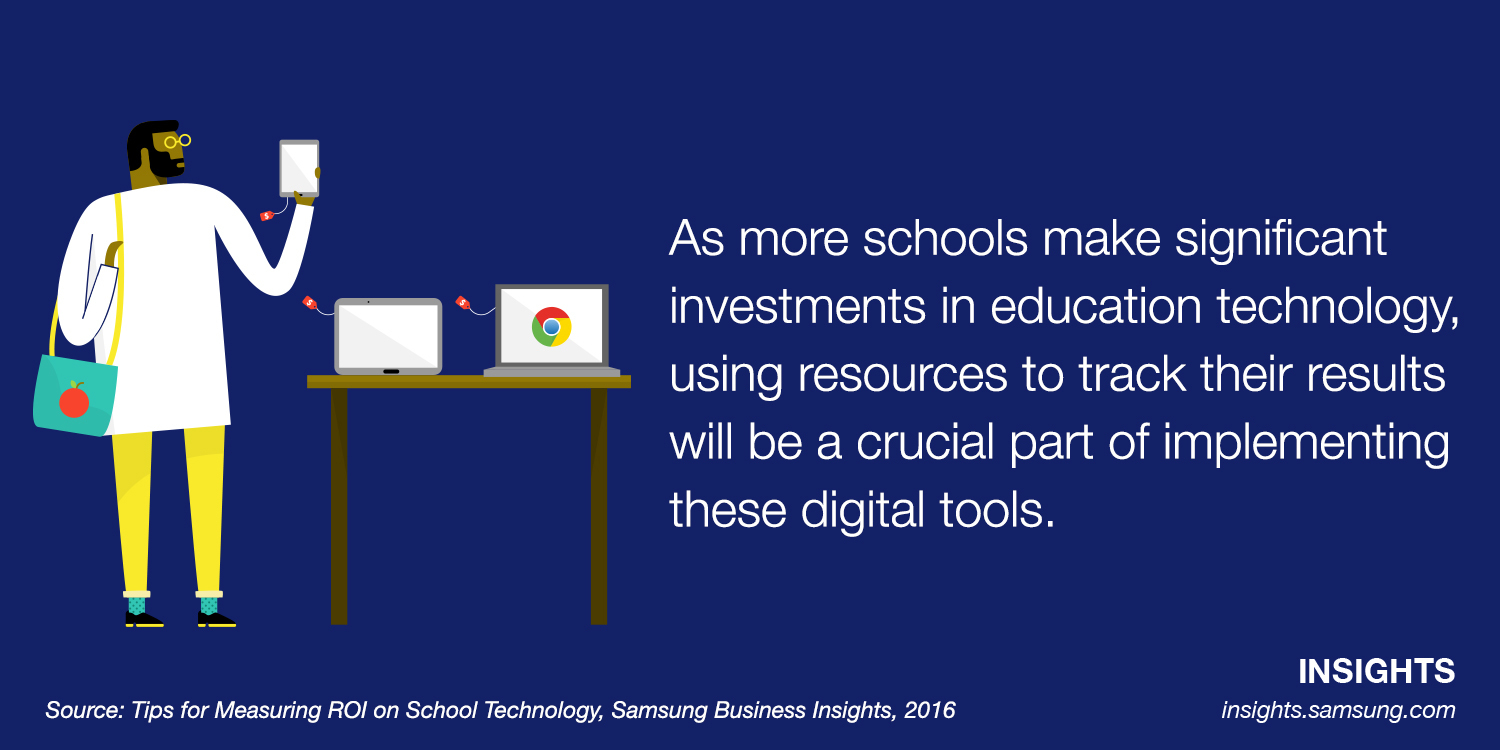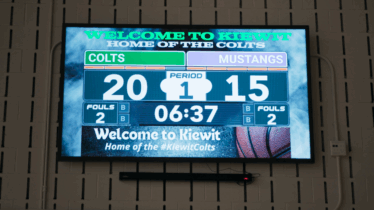How can you determine if the Chromebooks, tablets, literacy solutions and other instructional systems you’re buying for your schools are having an impact on education? Very few K-12 leaders are tracking the learning outcomes on their technology investments, one expert warns — but there are a number of resources that can help with measuring ROI.
Cheryl Lemke, CEO and president of ed tech research firm Metiri Group, says education leaders should have a vision and clear goals for what they hope to accomplish with technology — and they should be tracking their progress toward these goals in the following ways.
Measure Outcomes
Lemke recommends measuring ROI on ed tech purchases by looking at direct, intermediate and long-term outcomes.
Direct outcomes are immediate changes you can make happen in your schools. For instance, are you providing new opportunities for students and teachers to learn? Are you changing how you assess teachers’ professional growth?
Intermediate outcomes take a little more time to develop. These might include changing the culture of the school, or changing the roles and responsibilities of students and teachers as they begin to use technology. A teacher’s role might shift from communicating information to guiding students toward self-directed learning, for example.
Long-term outcomes might take a year or more to appear, and these could include a rise in student achievement across grade levels, schools or the district as a whole.
Lemke also suggests that education leaders consider not only the direct costs of technology, but also the indirect costs associated with its use — such as the costs of professional development, tech support and the effort it takes to transform pedagogy. A good system for measuring ROI, she says, is clear about what the school or district is trying to accomplish, and looks at the interrelationship between direct and indirect costs and direct, intermediate and long-term outcomes.

Securing funding for tech purchases isn't easy.
Download the white paper for a step-by-step guide on funding solutions. Download Now
Use Tracking Tools
The Metiri Group wrote the U.S. Department of Education’s Future Ready Framework, a free guide to planning, implementing and assessing the value of digital learning initiatives. “We incorporated the whole idea of measuring ROI into the Future Ready Framework,” Lemke says. K-12 leaders can use this online tool to track their direct and indirect technology costs and then map these back to learning outcomes.
“What are you getting back in return?” Lemke says. “Are you making progress? Have there been changes in pedagogy? Have there been changes in the way students learn? Is the learning more relevant? Are students taking more agency in their learning? Are they using more critical thinking and collaboration and problem solving? Then, you can go back to your board and say, ‘We made this significant investment — and here’s how it has helped us make progress toward our goals.'”
The Department of Education has also released another tool that can help K-12 leaders measure their ROI. The Ed Tech Rapid Cycle Evaluation (RCE) Coach is a free, openly licensed platform designed to help administrators make evidence-based buying decisions and guide K-12 leaders through the technology purchasing or renewal process. Once K-12 leaders have chosen a product they want to evaluate, the RCE Coach helps them identify their desired outcomes, design effective pilot projects, gather evidence of success and analyze results.
“The need to make good decisions based on evidence … is critical,” says Katrina Stevens, deputy director of the Department of Education’s Office of Education Technology, in a blog post about RCE Coach. The goal of the new tool “is to fundamentally change the procurement and implementation process … and to help states and districts spend millions of dollars more effectively.”
As more schools make significant investments in education technology, using resources to track their results will be a crucial part of implementing these digital tools.
Looking for ways to bring interactive learning to your classroom? Use these digital tools and lesson plan ideas to make history come to life.








